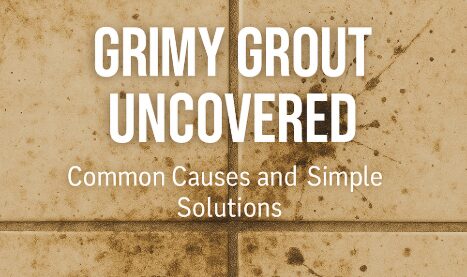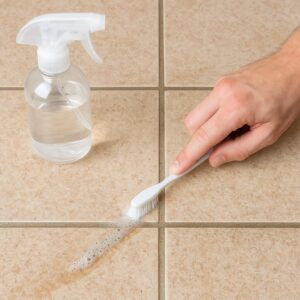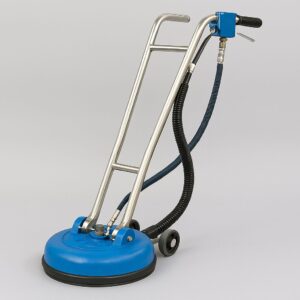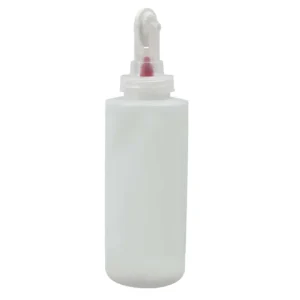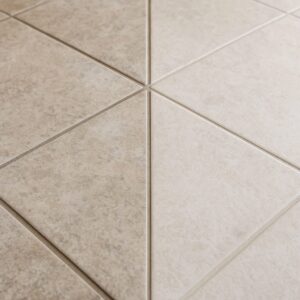Grout lines collect dirt fast. When grout, dirty grout, and grimy grout take hold, floors feel dull. Understanding why grout gets grimy helps homeowners protect their tile investment.
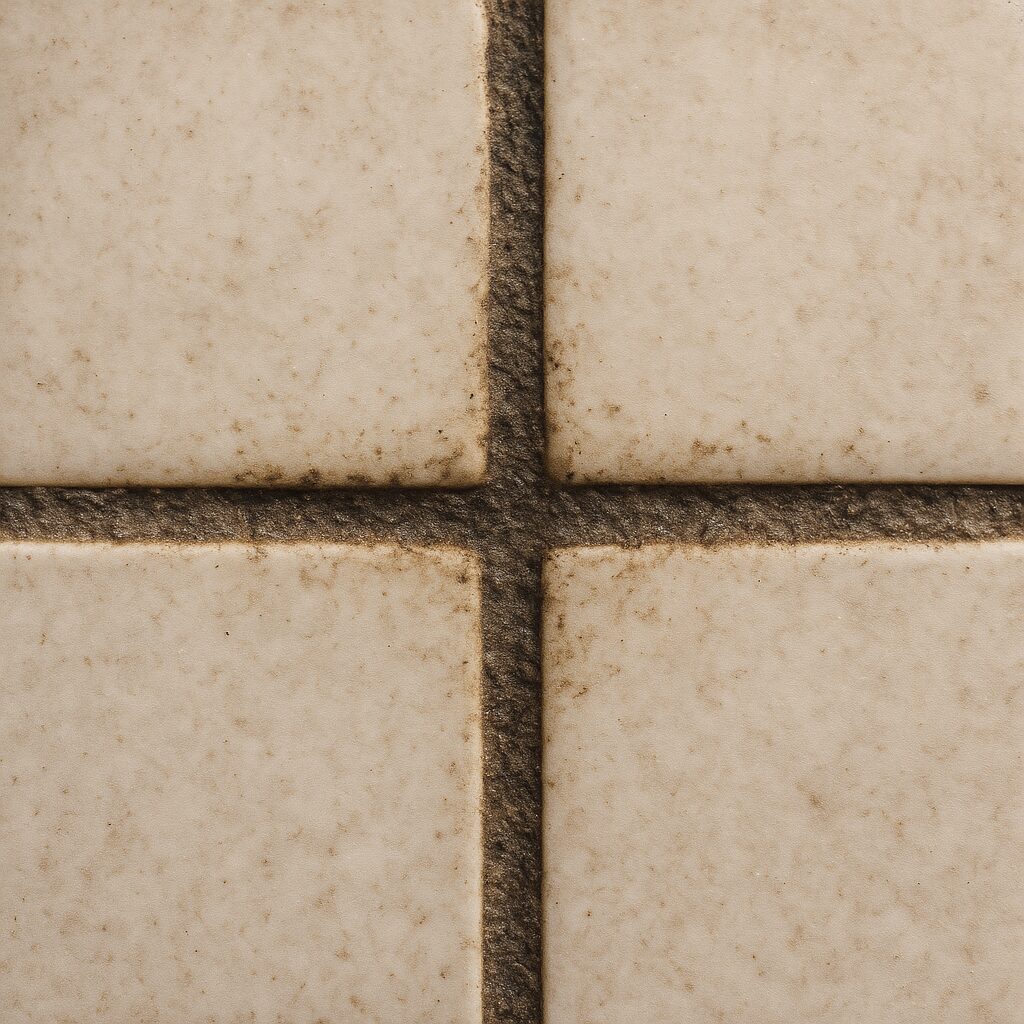
What Exactly Is Grimy Grout?
Grimy grout refers to tile joints stained by dirt, soap scum, or mold. This occurs when particles embed in porous surfaces. Over time, the grime becomes stubborn. Consequently, grout loses its original color.
In addition, different grout types—sanded or unsanded—react uniquely to spills. Some formulas resist moisture better. However, none stay spotless indefinitely.
The Impact of Deer Valley’s Climate
Deer Valley’s dry heat and monsoon rains both affect the ground. During the summer, dust storms deposit fine sand indoors. Subsequently, particles settle into grout lines.
Meanwhile, the monsoon season brings high humidity. Excess moisture seeps into grout pores. Therefore, mold and mildew find a welcome home.
Additionally, temperature swings cause grout to expand and contract. Cracks form, inviting more dirt. Over time, maintenance becomes tougher.
Hard Water and Mineral Buildup
Hard water is common in the Phoenix area. Minerals like calcium and magnesium leave white deposits on tile. These deposits discolor grout instantly.
For example, soap scum clings to mineral films. As a result, dirty grout appears even darker. Regular rinsing helps, but persistent buildup demands deeper cleaning.
Consequently, homeowners in Deer Valley often see cloudy grout near faucets and showers. Addressing hard water issues reduces grimy grout long term.
Foot Traffic and Everyday Dirt
High foot traffic drags dirt and debris across tile surfaces. Gritty particles act like sandpaper on grout. Thus, tiny abrasive motions roughen the grout surface.
Once roughed, grout soaks up spills faster. Additionally, colored substances—wine, grape juice, or salsa—leave stains. Active cleaning prevents dirty grout, yet many skip daily maintenance.
So simple habits like door mats and shoe-free zones help. Such precautions reduce dirt transfer. Ultimately, less grime reaches grout lines.
Soap Scum and Cleaning Residue
Soap bars and body washes leave fatty residues. When mixed with water minerals, they form soap scum. This scum clings to tiles and grout equally.
Moreover, using harsh cleaners without rinsing leaves film layers. These layers capture airborne dust. As a result, dirty grout worsens over time.
For best results, choose pH-neutral cleaners. Rinse thoroughly after each use. Consequently, buildup stays minimal, and grout looks fresh.
Mold and Mildew Growth
In shaded or poorly ventilated areas, mold thrives. Mildew appears as black spots on grout lines. Initially, these spots seem small.
However, mold spreads through microscopic spores. It breaks down grout integrity slowly. Over time, cleaning becomes more challenging.
To combat mold, improve airflow in bathrooms. Install exhaust fans or open windows after showers. Additionally, apply mold-resistant sealers yearly.
Sealants: Your First Line of Defense
Grout sealants fill pores, blocking moisture and stains. Without sealant, grout remains vulnerable. Professionals recommend resealing every one to two years.
Furthermore, improper application leads to weak spots. Sealant applied too thinly absorbs water near joints. Therefore, dirty grout resurfaces quickly.
When sealant cures correctly, grout repels spills effectively. Consequently, cleaning becomes faster and easier.
DIY Cleaning vs. Professional Care with Grimy Grout
Simple scrubbing and vinegar-soaking can remove light grime. Yet, harsh acids can erode grout. Active scrubbing may grind particles deeper into pores.
Meanwhile, professional services use specialized steam cleaners. These machines extract embedded dirt without damage. Additionally, technicians can assess grout health.
Therefore, for stubborn, grimy grout, hiring Revive Tile & Grout ensures results. Our Deer Valley team will protect your floors for years to come.
Prevent Grimy Grout: Daily Habits Matter
Start each day by sweeping or vacuuming tile floors. Use a microfiber mop to trap fine dust. Moreover, wipe spills immediately to prevent stains.
Next, schedule a light clean weekly. Choose a gentle, pH-neutral solution. Rinse well with plain water afterward.
Additionally, consider area rugs in high-traffic zones. These rugs shield grout from abrasive dirt. Consequently, less frequent deep cleaning is needed.
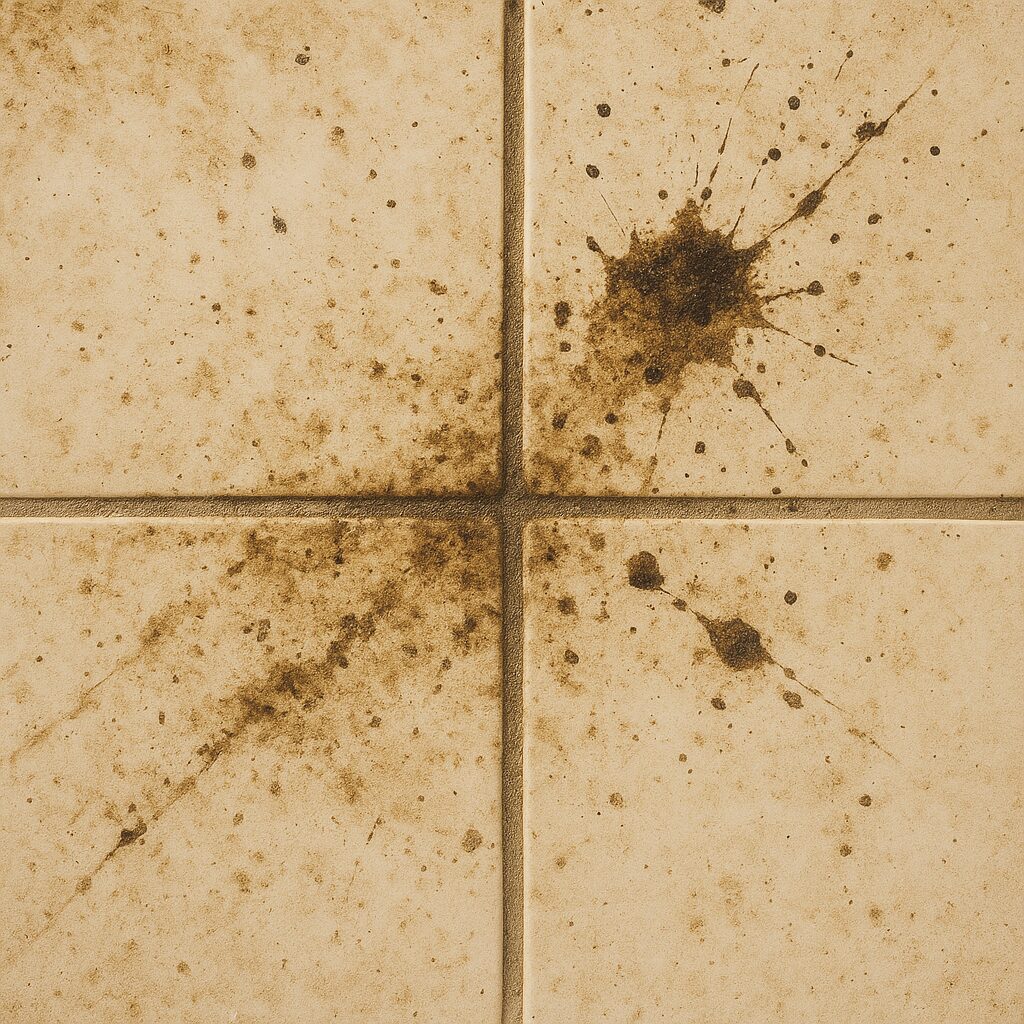
When to Call Revive Tile & Grout
If grout remains stubbornly grimy, a professional deep cleaning may help. Revive Tile & Grout restores grout color safely. We use eco-friendly products and modern tools.
Our services extend to tile sealing and crack repair. In Deer Valley, AZ, we tailor solutions to local conditions. Ultimately, your grout gains long-lasting protection.

